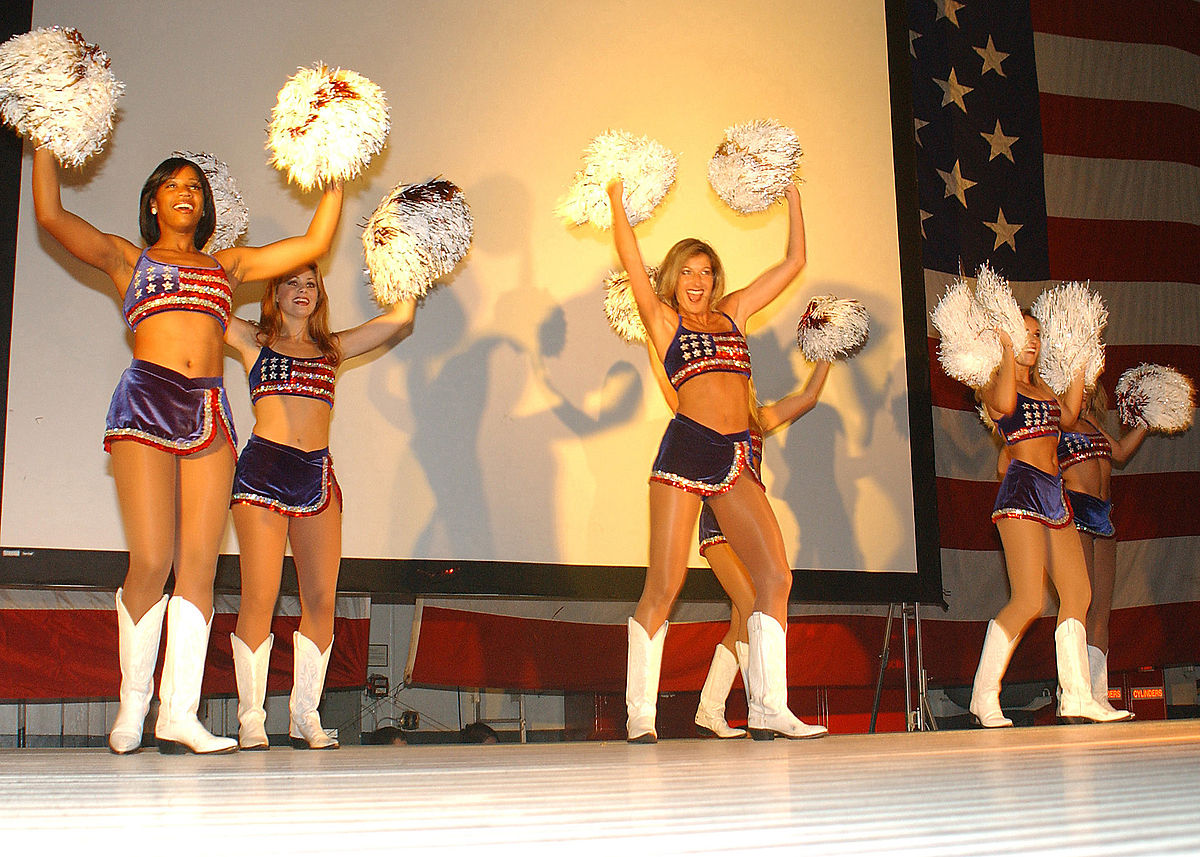2-4-6-8! SCOTUS Finds Copyright In Cheerleading Uniform Designs
The Supreme Court recently weighed in on one of the more esoteric areas of copyright law in the Star Athletica v. Varsity Brands case. At issue was whether designs on cheerleading uniforms were copyrightable subject matter. The decision, which affirmed the 6th Circuit’s overruling of the district court’s denial of protection in the designs, brings some needed clarity to an area that has been enigmatic in copyright law for over half a century.
Cheerleading uniforms fall under a category of works known as “useful articles,” the designs of which can be protected by copyright if they contain “pictorial, graphic, and sculptural” features that “can be identified separately from, and are capable of existing independently of, the utilitarian aspects of the article.” However, identifying what is “separable” in a design has led to different applications of the law by courts over the years.
The plaintiffs in Star Athletica (later respondents before the SCOTUS) sued for infringement of more than 200 copyright registrations for two-dimensional designs made up of lines and colorful shapes that appeared on the surface of their cheerleading uniforms. Although the Court did not agree with their assertion that surface decorations on useful articles such as clothing are always capable of existing independently from the articles themselves because they are “on a useful article” and not a design of the articles, it did find that the two-dimensional surface decoration designs on the uniforms were separable from the uniforms and could be protected by copyright.
A Brief History of Copyright and Useful Articles
Copyright protection for useful articles dates to the 1950’s when the Supreme Court addressed the issue in Mazer v. Stein, a case cited by the Athletica court. Mazer dealt with “statuettes of male and female dancing figures made of semivitreous china” and the controversy in the case centered “around the fact that although copyrighted as “works of art,” the statuettes were intended for use and used as bases for table lamps…” Mazer resulted in the promulgation of regulations by the Copyright Office that extended protection to works of art incorporated into useful articles. These regulations were later codified in the 1976 Copyright Act’s §101, leading to what became known as the separability test.
However, implementing this test in practice led to permutations that the Athletica court ultimately dispensed with. For instance, in Kieselstein-Cord v. Accessories by Pearl, the court analyzed legislative history and determined that Congress envisioned within §101 two tests- “physical separability” and “conceptual separability”-for identifying copyrightable subject matter in useful articles.
The Star Athletica court in effect discarded the distinction between physical and conceptual separability, finding that “the statute does not require that we imagine a nonartistic replacement for the removed feature to determine whether that feature is capable of an independent existence.” Instead, the court focused on whether a given design could have its own existence irrespective of the useful article:
A separable design feature must be “capable of existing independently” of the useful article as a separate artistic work that is not itself the useful article. If the claimed feature could be extracted without replicating the useful article of which it is a part, and the result would be a copyrightable artistic work standing alone, then there is a separable design.
The Star Athletica decision should give clarity to a previously obscure area of copyright law that is growing in importance as industries such as fashion and industrial design reach new heights of competitiveness.

